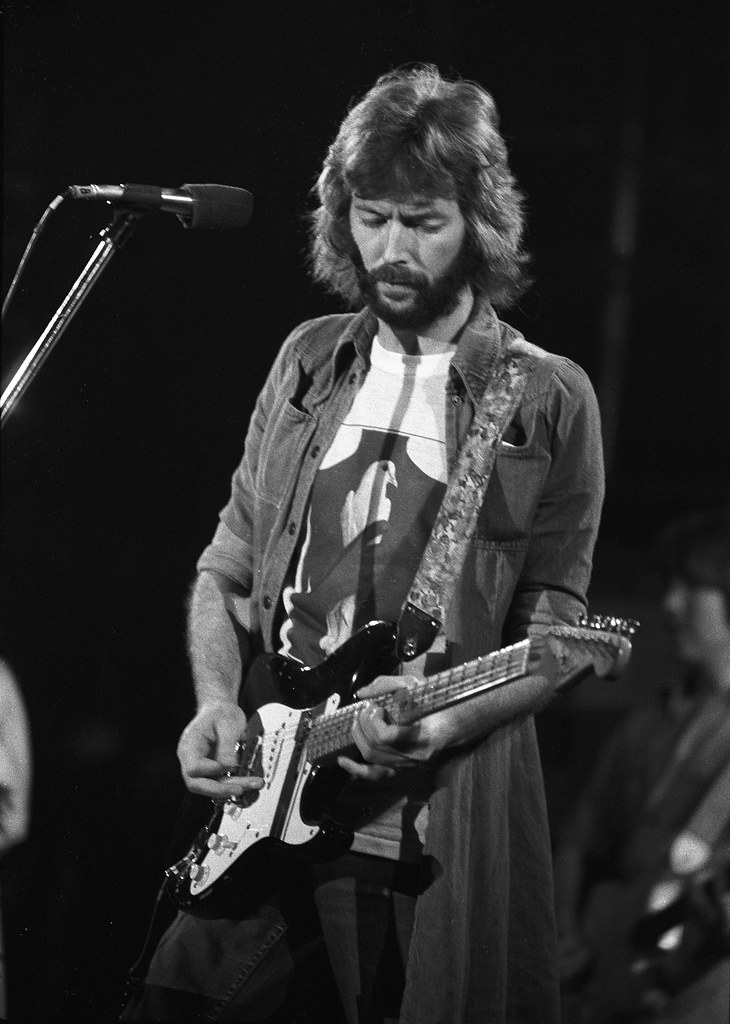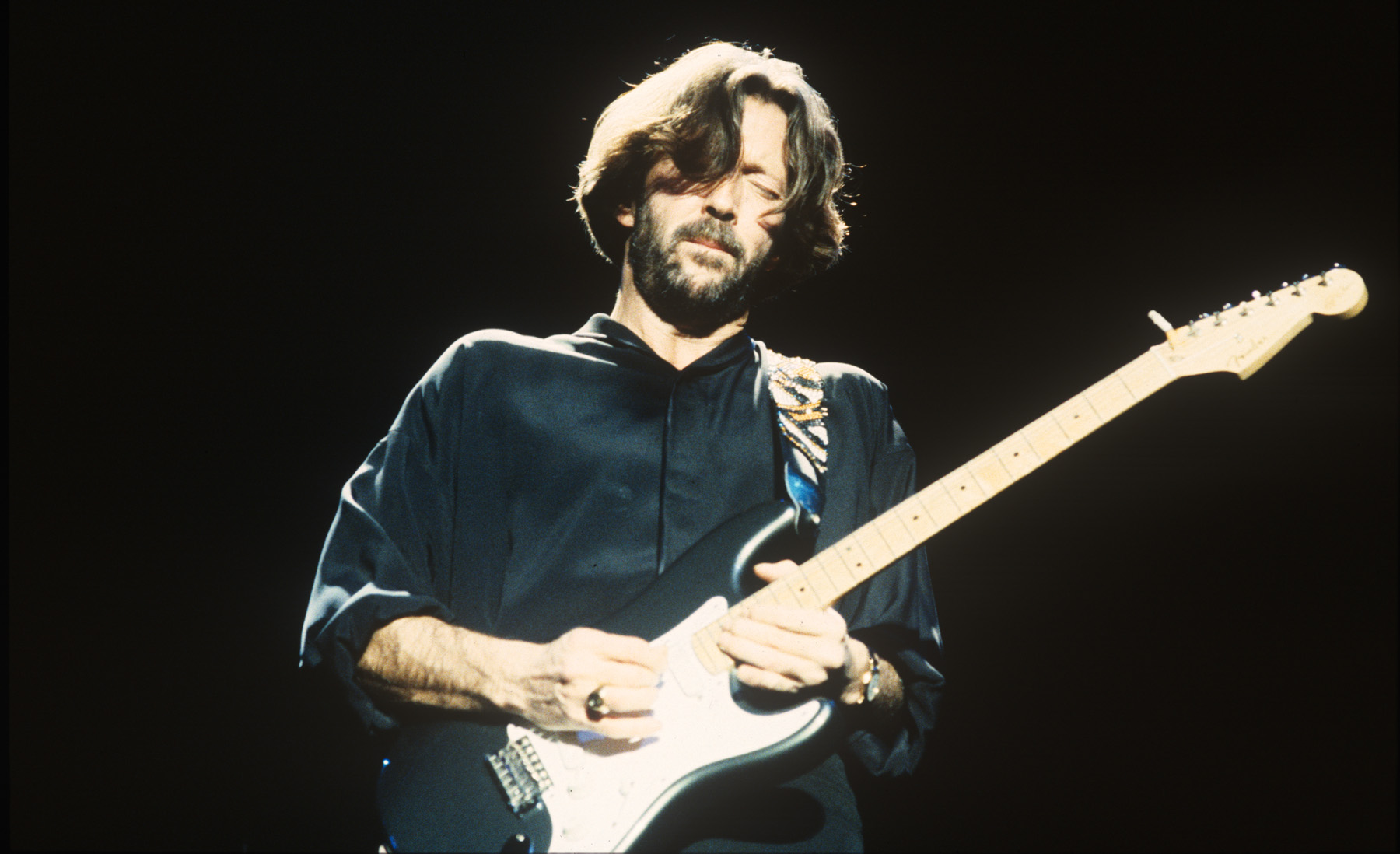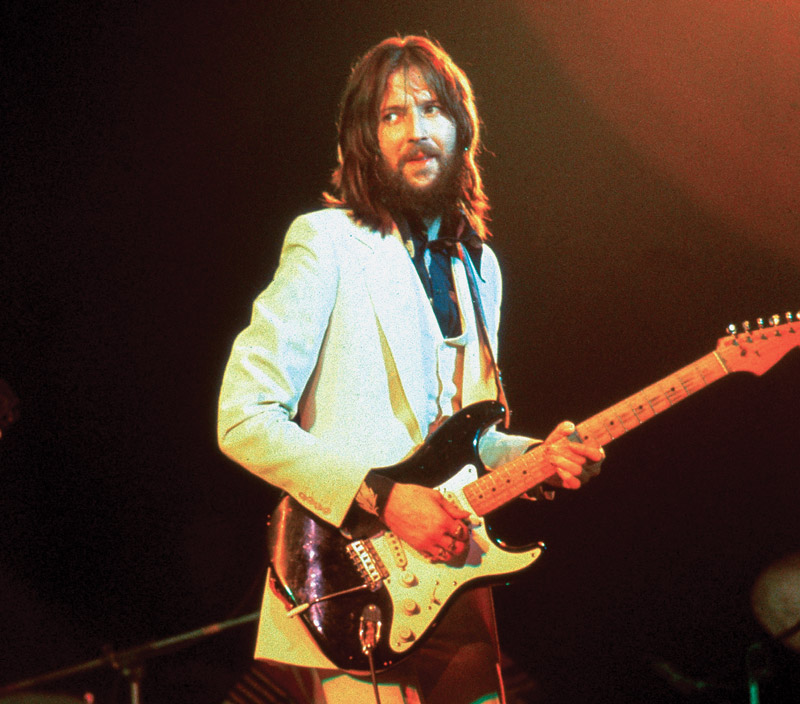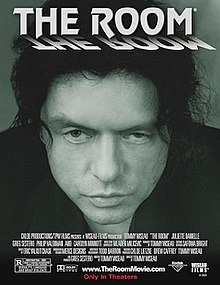
In the hallowed annals of rock and roll, few names resonate with the gravitas and sheer brilliance of Eric Clapton. Often hailed as ‘Slowhand,’ his touch on the guitar is legendary, a deeply emotive and technically masterful style that has inspired generations. But beyond the blistering solos and heartfelt blues licks lies another layer of fascination for enthusiasts and collectors alike: the instruments themselves. For those who understand the alchemy between a musician and their chosen axe, the story of Eric Clapton’s guitars is as compelling as any of his records.
These aren’t just pieces of wood and wire; they are extensions of an artist’s soul, vessels through which musical history is forged. The world of vintage guitars, especially those touched by rock royalty, operates on a unique valuation system where artist connections rule supreme. As the experts readily confirm, “rock star provenance they’re worth more than any mint condition 1959 Gibson Les Paul.” It’s a testament to the intangible magic imbued by the hands that played them, the stages they graced, and the iconic sounds they helped create.
Today, we embark on a journey into the heart of Clapton’s most significant vintage acquisitions, particularly focusing on a pivotal moment in 1970 when he made a singular, momentous purchase that would redefine his sound and impact the musical landscape for decades. We’ll peel back the layers of legend, exploring not just the final, celebrated instruments, but also the individual components and significant gifts that emerged from this extraordinary haul, each a testament to Clapton’s discerning taste and profound influence.

1. **Eric Clapton’s “Blackie” Fender Stratocaster: The Legendary Hybrid**No discussion of Eric Clapton’s guitars would be complete without reverently mentioning “Blackie,” arguably the most famous Fender Stratocaster in rock history. This isn’t merely a guitar; it’s a monument to personal preference and sonic experimentation. Its creation story is the stuff of legend, a testament to Clapton’s desire for a truly bespoke instrument that perfectly suited his evolving musical vision. “Blackie” isn’t a factory-made icon; it’s a meticulously assembled Frankenstein’s monster, brought to life through a deliberate process of selection and combination.
The genesis of “Blackie” traces back to a singular event in 1970 when Clapton, in a move that would send shockwaves through the vintage guitar market if replicated today, “bought the entire stock from Nashville’s Sho-Bud.” This wasn’t a casual purchase; it was a deliberate acquisition of multiple Fender Stratocasters, each a potential canvas for his ultimate instrument. From this unprecedented haul, Clapton embarked on a quest to craft his ideal Strat, meticulously choosing components from different guitars to create a singular, unparalleled instrument.
“Blackie” was officially born from this careful curation. Its composition was precise: “a ’56 body, ’57 neck, and a third guitar’s pickups (two ’50s models and one 1970 grey bottom).” This fusion of components from different eras speaks volumes about Clapton’s understanding of what made a Stratocaster truly sing. The marriage of a comfortable body, a playable neck, and a unique blend of pickups resulted in a guitar that was both familiar and utterly unique, becoming an extension of Clapton himself throughout his most prolific years.
From 1974 to 1985, “Blackie” was almost exclusively Clapton’s main squeeze. Its presence on stage and in the studio during this foundational period of his solo career cemented its place in rock lore. It became an instantly recognizable silhouette, synonymous with his blues-rock mastery. The sheer amount of playing it endured led to considerable wear, with the context noting, “By the end, the neck was so worn that the low E string hung off the edge.” This detail isn’t a flaw; it’s a badge of honor, a tangible record of countless hours of passionate performance.
When “Blackie” eventually went under the hammer in 2004 in New York, it commanded a staggering price of $959,000, setting “a world record auction price at the time of sale.” While that record has since been surpassed, its value remains immense, a testament to its singular history and its irreplaceable role in Eric Clapton’s musical journey. “Blackie” stands not just as a valuable vintage guitar, but as a living piece of rock history, its every ding and scratch telling a story of profound musical expression.

2. **The 1956 Fender Stratocaster: A Foundation of Unparalleled Tone**Among the trove of instruments Eric Clapton acquired from Nashville’s Sho-Bud in 1970 was a particular Fender Stratocaster whose 1956 body would become the foundational element of “Blackie.” While the individual identity of this specific guitar has been subsumed into the legend of the composite instrument, its contribution is undeniable. A 1956 Stratocaster body represented a sweet spot in Fender’s golden era of craftsmanship, known for its resonant qualities and the subtle contours that would have appealed to a player of Clapton’s stature.
In the mid-1950s, Fender had perfected the Stratocaster’s design, creating instruments that were not only aesthetically groundbreaking but also acoustically superb. The selection of a ’56 body by Clapton for his ideal Strat speaks volumes about its inherent quality and the sonic characteristics it promised. This body would have provided the core resonance and sustain that Clapton sought, acting as the acoustic engine for the subsequent electronic components. Its value, even as a disassembled component, is rooted in its origin from an era when Fender was truly hitting its stride.
The meticulous choice of this ’56 body underscores Clapton’s deep understanding of vintage instruments. He wasn’t just grabbing parts; he was curating a sound. The subtle nuances in wood density, the aging process of the nitrocellulose finish, and the overall craftsmanship of a mid-’50s Fender body all contribute to the guitar’s overall tonal palette. By integrating this specific body into “Blackie,” Clapton was ensuring a bedrock of vintage tone, a foundation upon which his expressive playing could truly soar.
While the original complete 1956 Stratocaster may no longer exist in its pristine form, its essence lives on through “Blackie.” The value of such a component, had it been auctioned separately or identified, would undoubtedly be immense, propelled by its direct connection to the creation of one of rock’s most iconic instruments. It serves as a powerful reminder that sometimes, the greatest value lies not in an intact whole, but in the crucial pieces that, when combined with an artist’s vision, create something even greater.
3. **The 1957 Fender Stratocaster: Crafting the Legendary Playability**Complementing the 1956 body, Eric Clapton’s 1970 Sho-Bud acquisition also yielded a 1957 Fender Stratocaster neck, another crucial component in the making of “Blackie.” The neck of a guitar is paramount to its playability, dictating comfort, speed, and tactile feel. For a guitarist of Clapton’s caliber, whose technique demands fluidity and precision, the choice of a ’57 neck was a deliberate one, reflecting a preference for specific profiles and fretboard radii that facilitated his signature style.
Fender necks from the late 1950s are highly prized by collectors and players alike. The ’57 Stratocaster, in particular, is often celebrated for its comfortable ‘V’ shape profile that evolved throughout the decade, offering a distinctive feel that many guitarists find exceptionally ergonomic. Clapton’s decision to integrate this specific neck into his custom build suggests he found its dimensions and feel to be perfectly suited to his hands and playing approach, allowing for effortless navigation of the fretboard.
Over the more than a decade that Clapton played “Blackie” almost exclusively, the ’57 neck endured an extraordinary amount of wear. The context specifically highlights that “By the end, the neck was so worn that the low E string hung off the edge.” This isn’t a sign of neglect, but rather an emblem of constant, passionate use. Each groove, each worn patch on the fretboard or back of the neck, tells a story of countless hours of practice, performance, and creative exploration. This wear only adds to its provenance and historical significance, making it a tangible link to Clapton’s artistry.
The historical and intrinsic value of this 1957 Fender Stratocaster neck, even as a component, is immeasurable. Its journey from a standard production instrument to a vital part of rock history’s most famous hybrid guitar elevates its status far beyond its original retail price. It embodies the concept that sometimes, the true worth of a vintage instrument lies in its journey and the hands that shaped its destiny, becoming an irreplaceable artifact in the narrative of Eric Clapton’s legendary career.

4. **The First 1950s Pickup Donor Fender Stratocaster: Unearthing Sonic Gold**Among the diverse array of Stratocasters Eric Clapton purchased from Nashville’s Sho-Bud in 1970 were several from which he would extract the critical electronic components for “Blackie.” Specifically, the context notes that “Blackie” utilized “a third guitar’s pickups (two ’50s models and one 1970 grey bottom).” This indicates that at least two distinct 1950s Fender Stratocasters contributed their vital pickups to the legendary instrument. Let’s delve into the significance of one of these ’50s pickup donor guitars.
Vintage Fender pickups from the 1950s are revered for their unique tonal characteristics – bright, articulate, and imbued with a certain warmth that modern reproductions often struggle to fully replicate. The materials used, the winding patterns, and the natural aging of the magnets all contribute to a sound that is instantly recognizable and highly sought after. Clapton, with his discerning ear, clearly understood the sonic magic inherent in these older units, making them a cornerstone of “Blackie’s” voice.
This particular 1950s Stratocaster, now a donor, contributed one of its cherished pickups to the ultimate creation. Its original integrity as a complete guitar might have been sacrificed, but its most valuable asset – its vintage electronics – found a new, exalted purpose. The inherent value of this guitar, therefore, is intimately tied to the quality of its pickups and the fact that one of them became an integral part of an instrument played by one of the world’s most influential guitarists. Its provenance as a Clapton-owned guitar, even one disassembled for parts, elevates its historical significance.
The act of cannibalizing instruments for their best parts speaks to the pragmatic and obsessive nature of master musicians and craftsmen. Clapton wasn’t interested in collecting pristine examples for display; he was in pursuit of the perfect sound. The inclusion of this 1950s pickup, harvested from a donor Strat, helped infuse “Blackie” with the authentic, vintage Stratocaster chime and bite that became synonymous with Clapton’s iconic recordings and live performances throughout the 70s and 80s, solidifying its place in guitar lore.

5. **The Second 1950s Pickup Donor Fender Stratocaster: Completing “Blackie’s” Vintage Voice**As we meticulously dissect the anatomy of “Blackie,” it becomes clear that its unparalleled voice wasn’t simply the result of one vintage component, but a masterful blend. The context explicitly states that “Blackie” incorporated “a third guitar’s pickups (two ’50s models and one 1970 grey bottom).” This reveals that beyond the first 1950s donor Stratocaster we previously explored, another ’50s era Fender Stratocaster was essential in contributing a second highly prized vintage pickup to complete “Blackie’s” sonic heart. Each of these ’50s pickups, hailing from Fender’s golden age, brought its own subtle harmonic richness, contributing to the articulate, bell-like chime and robust blues-rock tones that defined Clapton’s sound throughout the ’70s and early ’80s.
The allure of 1950s Fender pickups is almost mythical among guitar connoisseurs. These coils, crafted with specific magnet types and winding techniques of the era, possess a sonic signature that is incredibly difficult to replicate today. They are known for their clarity, dynamic response, and an almost vocal quality that allows each note to sing with remarkable sustain and character. For an artist as discerning as Eric Clapton, whose playing relies heavily on touch and nuance, the selection of not just one, but two such vintage pickups was a deliberate act of sonic alchemy, aimed at achieving a tone that was both authentic and utterly personal.
While the specific identity of this second ’50s donor guitar is absorbed into the legend of “Blackie,” its contribution is no less significant. It was not merely a source of parts, but a vessel that held a piece of sonic history, destined to be repurposed by one of rock’s greatest architects. The value of such an instrument, even one deconstructed for its components, is profoundly elevated by its direct connection to Clapton’s creative process and its integral role in forging the sound of his most iconic guitar. It underscores the belief that for legendary musicians, the sum of the parts can sometimes transcend the value of any single, complete instrument.
This pursuit of tonal perfection, leading to the careful extraction of specific components, speaks volumes about Clapton’s commitment to his craft. He understood that the nuances of a ’50s pickup could unlock a certain warmth and bite that was indispensable to his artistic expression. This second donor Strat, therefore, stands as an unheralded hero in the “Blackie” saga, its magnetic soul providing the essential frequencies that resonated through countless classic recordings and electrifying live performances, forever etching its legacy into the tapestry of rock and roll history.

6. **The 1970 Grey Bottom Pickup Donor Fender Stratocaster: The Modern Edge of a Classic**Beyond the two revered 1950s pickups, “Blackie’s” unique voice was completed by a distinct third pickup: a 1970 grey bottom model. This choice highlights Eric Clapton’s pragmatic and experimental approach to crafting his ultimate instrument. While the ’50s pickups provided the foundational vintage warmth and clarity, the inclusion of a pickup from a 1970s Stratocaster introduced a different tonal flavor, creating a blend that was both classic and contemporary, perfectly suited to Clapton’s evolving sound in the early 1970s. This specific donor guitar, though sacrificing its full identity, contributed a crucial piece to the legendary puzzle.
The “grey bottom” moniker refers to the color of the bobbin flatwork on the underside of the pickup, a detail that often helps identify Fender pickups from specific eras. While perhaps not carrying the same mythical aura as their mid-50s counterparts, early 1970s Fender pickups are known for their slightly hotter output and a more pronounced mid-range, offering a bolder and sometimes more aggressive tone. Clapton’s decision to combine this ’70s pickup with two ’50s models wasn’t accidental; it was a deliberate orchestration of varied sonic characteristics, allowing for a wider palette of sounds and greater versatility in his playing.
This specific 1970 donor Stratocaster, therefore, served a vital role in providing the “modern edge” to “Blackie’s” inherently vintage sound. It represented a crucial piece of the tonal jigsaw, ensuring that the legendary hybrid could traverse the blues-rock landscapes with authentic vintage sparkle while also cutting through with a more assertive voice when needed. The intrinsic value of this donor instrument, tied directly to its contribution to “Blackie,” is immense. It stands as a testament to Clapton’s vision – not just to replicate a past sound, but to forge something new and exceptional from the finest components available across different eras of Fender craftsmanship.
The story of “Blackie” is as much about careful selection and amalgamation as it is about Clapton’s singular talent. The sacrifice of this 1970 Stratocaster, disassembled for its prized grey bottom pickup, speaks to the higher purpose it served. It became an anonymous yet indispensable ingredient in the creation of a guitar that would define an era, its components now enshrined in the annals of rock history as essential elements of one of the most famous and valuable instruments ever played. Its legacy, though often overshadowed by the glory of the assembled “Blackie,” is undeniably significant for its contribution to a truly unique and legendary sound.

7. **Eric Clapton’s Gifted Fender Stratocaster to George Harrison: A Bond Forged in Wood and Wire**In 1970, a year that would forever alter Eric Clapton’s instrumental landscape, his sweeping acquisition of Fender Stratocasters from Nashville’s Sho-Bud wasn’t solely for his own benefit. In an act of unparalleled generosity and camaraderie among rock royalty, Clapton “gave three to his friends George Harrison, Pete Townshend, and Steve Winwood.” This particular Stratocaster, gifted to The Beatles’ iconic guitarist George Harrison, represents not just a valuable vintage instrument, but a tangible symbol of one of rock’s most fascinating and enduring friendships, a bond deeply intertwined with musical collaboration and mutual respect.
The sheer provenance of a guitar passing from Eric Clapton to George Harrison elevates its value far beyond its inherent vintage worth. Both men were titans of the guitar, each possessing a distinctive voice and an encyclopedic knowledge of instruments. While Harrison was famously associated with his custom-painted “Rocky” Stratocaster, receiving another Strat from Clapton – likely a prime example from the 1950s or early 1960s given the nature of the Sho-Bud stock – would have been a significant addition to his collection. It speaks to a shared language of music and a deep understanding of what constitutes a truly exceptional instrument.
One can only imagine the conversations and jam sessions that might have surrounded such a gift. Harrison and Clapton’s musical relationship was profound, extending beyond mere collaboration to a deep personal friendship. A guitar exchanged between them becomes an artifact imbued with their combined creative energies. This Stratocaster, therefore, carries a double layer of legendary history: first, its origin as part of Clapton’s legendary Sho-Bud haul, and second, its subsequent ownership and potential use by George Harrison, whose contributions to music are immeasurable.
The cultural and historical significance of this gifted Stratocaster is immense. It’s a testament to the generosity that can exist even among competitors and highlights how deeply instruments can represent personal connections. While the specific details of its use by Harrison are not explicitly noted in the context, its existence as a Clapton gift to Harrison ensures its place as a priceless piece of rock and roll memorabilia. Should this guitar ever surface for auction, its value would undoubtedly reflect the incredible rarity of such dual provenance, solidifying its status as one of the most historically significant and valuable instruments to pass between legends.

8. **Eric Clapton’s Gifted Fender Stratocaster to Pete Townshend: A Powerhouse’s New Axe**Continuing the narrative of Eric Clapton’s extraordinary 1970 Sho-Bud Stratocaster acquisition, another beneficiary of his generosity was Pete Townshend, the legendary guitarist and primary songwriter for The Who. Clapton “gave three to his friends George Harrison, Pete Townshend, and Steve Winwood,” and the Stratocaster that found its way into Townshend’s hands would have been a truly remarkable addition to his arsenal. Townshend, known for his windmill power chords and aggressive, often destructive, stage presence, embraced a wide array of guitars throughout his career, and a vintage Fender Stratocaster from Clapton’s personal stock would have held immense significance.
Townshend’s playing style, characterized by its raw energy and groundbreaking use of feedback, might seem a departure from Clapton’s more blues-oriented finesse. However, both guitarists shared a deep appreciation for the fundamental qualities of a great instrument. A Fender Stratocaster from the pre-CBS era, which Clapton’s Sho-Bud haul largely consisted of, would have provided Townshend with a versatile and robust platform, capable of delivering both crystalline cleans and searing overdrive. The provenance of this particular Stratocaster, as a direct gift from one rock icon to another, adds an incalculable layer of historical and emotional value.
For enthusiasts, the thought of a Clapton-owned, vintage Stratocaster landing in the hands of Pete Townshend conjures images of potential sonic explorations and new musical chapters. While Townshend famously wielded many different guitars, including various Gibsons and other Fenders, a gift from Clapton would undoubtedly have commanded respect and potentially found its way onto recordings or stages. The enduring narrative of rock and roll is filled with such legendary exchanges, and each instrument tells a part of that larger story, deepening the interconnectedness of these musical giants.
The value of such an instrument is not solely in its age or condition, but in the intangible magic imbued by the hands that played it and the hands that gifted it. This Stratocaster represents more than just a piece of wood and electronics; it embodies a moment in time, a gesture of friendship, and a shared passion for music between two of rock’s most influential figures. Its journey from Clapton’s significant acquisition to Townshend’s possession cements its status as a highly sought-after artifact, a true testament to the unique and often intricate relationships that define the pantheon of classic rock.

9. **Eric Clapton’s Gifted Fender Stratocaster to Steve Winwood: A Collaboration’s Musical Echo**The third luminary to receive a Fender Stratocaster from Eric Clapton’s monumental 1970 Sho-Bud purchase was Steve Winwood. The context explicitly states that Clapton “gave three to his friends George Harrison, Pete Townshend, and Steve Winwood,” underscoring the deep respect and friendship Clapton shared with these fellow musicians. Winwood, a multi-instrumentalist prodigy known for his soulful vocals, keyboard prowess, and impressive guitar work, had a particularly close musical relationship with Clapton, most notably through their supergroup Blind Faith. This gifted Stratocaster thus serves as a powerful symbol of their profound artistic collaboration and personal bond.
Winwood’s versatility as a musician meant that a high-quality vintage Fender Stratocaster would have been a welcome and useful addition to his creative toolkit. While he is often celebrated for his keyboard virtuosity and vocal range, his guitar playing contributed significantly to his unique sound, particularly during his tenures with Traffic and Blind Faith. A Stratocaster from Clapton’s curated collection, likely from the desirable 1950s or early 1960s, would have offered Winwood a distinct tonal palette, capable of supporting his blues, rock, and soul influences. The inherent quality of these instruments, combined with the personal connection to Clapton, makes this a guitar of exceptional value.
The story of this specific Stratocaster is woven into the tapestry of musical innovation and collaboration that defined the late 1960s and early 1970s. The friendship between Clapton and Winwood was not merely social; it was a crucible for some of rock’s most enduring music. To imagine Winwood holding and playing an instrument personally selected and gifted by Clapton is to touch upon the very essence of their shared musical journey. This instrument transcends its physical form, becoming a relic infused with the spirit of their creative synergy and mutual admiration.
Should this Fender Stratocaster ever appear on the market, its value would be astronomical, driven by its immaculate provenance: a vintage gem from Clapton’s legendary Sho-Bud acquisition, gifted to a fellow icon, Steve Winwood. It represents not only a piece of Fender’s golden era but also a tangible link to one of rock’s most potent musical partnerships. This guitar stands as a testament to the enduring power of friendship, talent, and shared passion, forever echoing the harmonies and melodies created by two giants of the music world, making it a priceless artifact in the grand narrative of rock and roll.
As our journey through Eric Clapton’s most treasured vintage guitars concludes, the recurring theme is undeniable: the true value of these instruments extends far beyond their market price. Each guitar, whether a component of the legendary “Blackie” or a generous gift to a fellow superstar, is a vessel of history, imbued with the spirit of artistic creation and personal connection. Clapton’s discerning eye and commitment to sonic excellence, evident in his 1970 Sho-Bud haul, not only shaped his own iconic sound but also enriched the legacies of others. These aren’t just guitars; they are silent witnesses to rock and roll history, each string vibrating with tales of innovation, collaboration, and the enduring magic of music. They serve as powerful reminders that in the hands of a master, an instrument becomes an extension of the soul, priceless artifacts in the ongoing saga of rock’s most influential figures.


